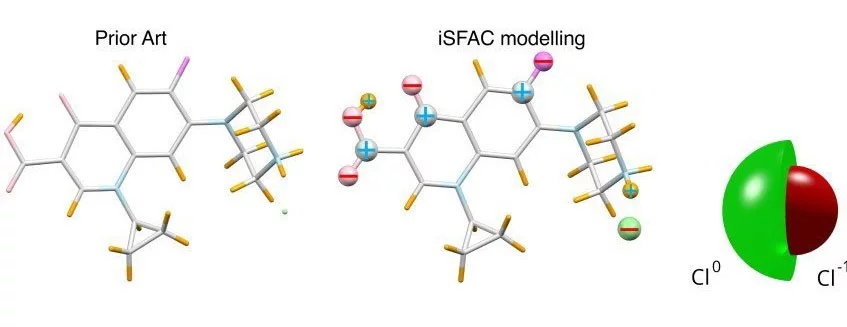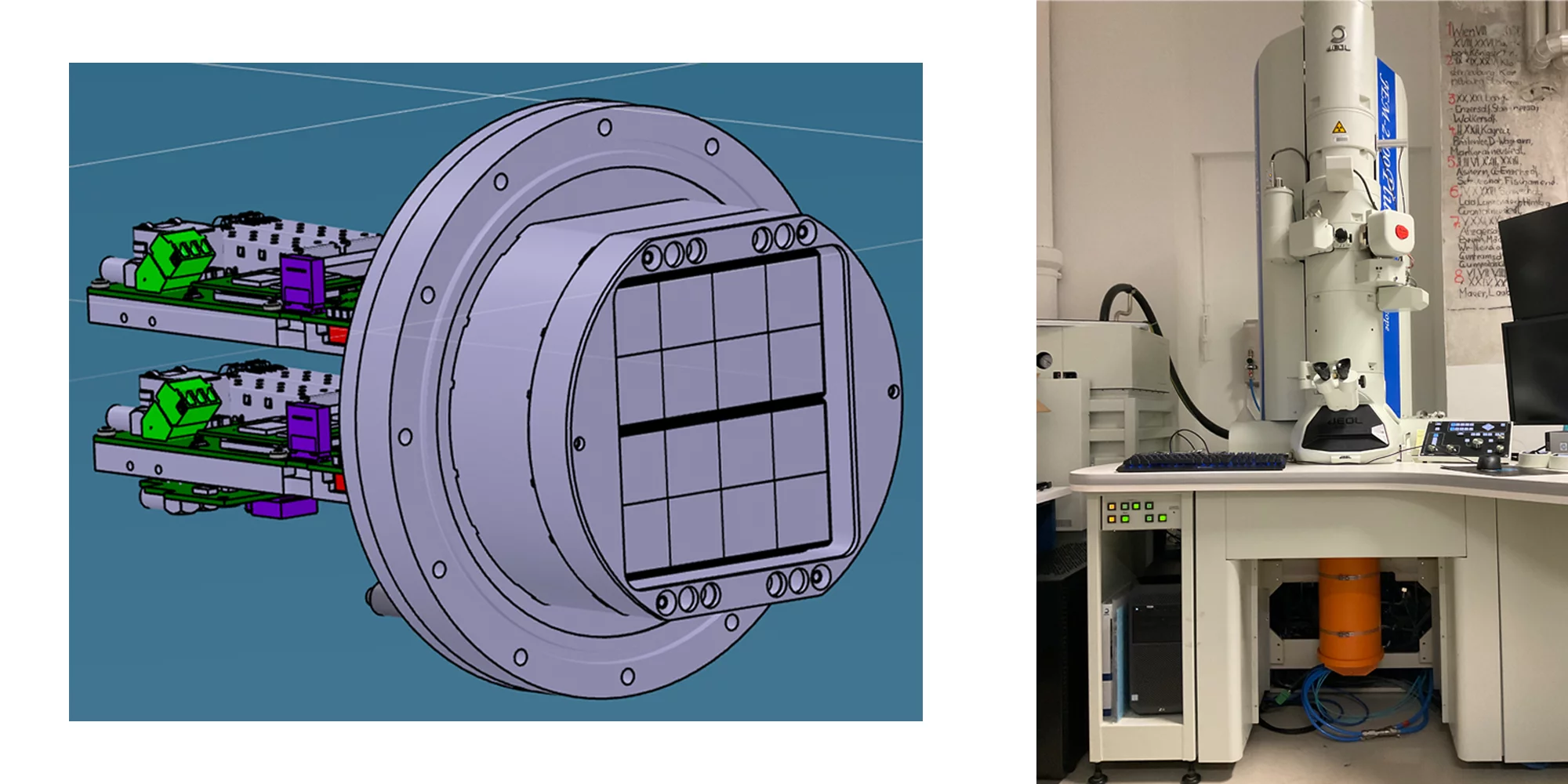A collaboration between PSI and the University of Vienna has resulted in a new experimental method that, for the first time, enables the direct measurement of partial charges in molecules. The method was enabled by a new electron camera developed at PSI and the results published in Nature on the 15th of September 2025.
Partial charges are fundamental to understanding molecular structure, interactions, and reactivity, yet until now no general technique existed to determine them experimentally. The international research team, led by the University of Vienna with contributions from scientists at PSI and ETH Zurich, developed a method called ionic scattering factor modelling (iSFAC). This approach determines the partial charge of each atom by modelling it both as a neutral atom and as its ionic counterpart.
The breakthrough was made possible using electron diffraction data collected with a JUNGFRAU detector from PSI. Originally designed for X-ray experiments at SwissFEL, the detector was adapted for use in electron microscopy. To achieve this, the hardware was modified for mounting on an electron microscope and new software was created to integrate detector and microscope controls. The development was supported by funding from the Swiss National Science Foundation (SNF) and the Austrian Science Fund (FWF).
Electron diffraction remains a highly interactive technique, and the combination of unified, intuitive controls with fast feedback proved essential. These features allowed the researchers to utilize the full potential of the JUNGFRAU detector in advancing electron diffraction. This breakthrough is the most recent in a series of achievements where PSI developed detectors have enabled new scientific techniques and expand their use beyond X-rays.



